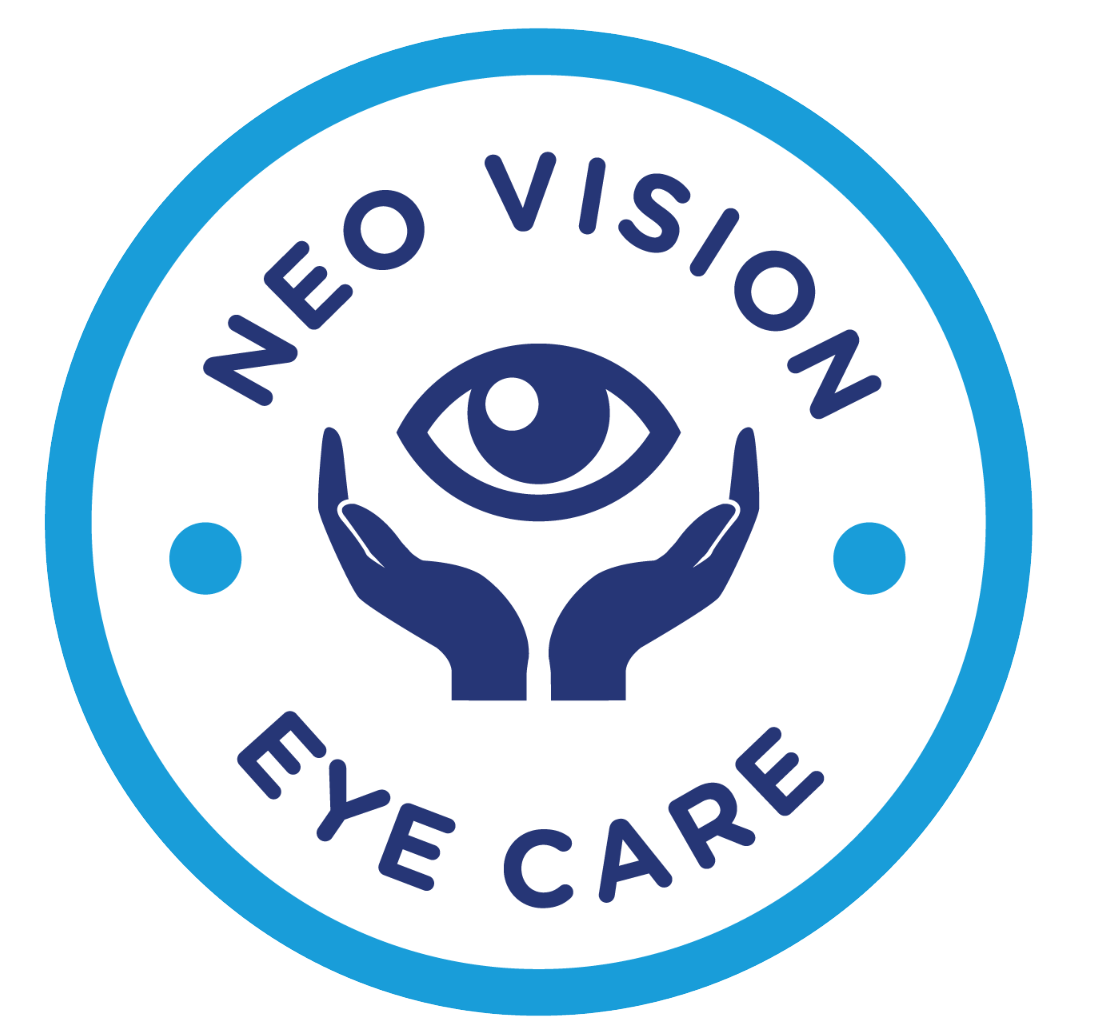In this blog post, we are exploring what amblyopia is, commonly known as lazy eye, and how you can address it effectively. We’ll break down what amblyopia involves, how you might recognize it, and the various amblyopia treatments available to help you or a loved one. Starting with the basics, we’ll discuss identifying the problem with ease and cover both traditional and new-age solutions. Finally, we’ll underline the need for early intervention and clear up myths that could prevent timely action.
Understanding Amblyopia: Causes and Identification
Amblyopia, often referred to as lazy eye, is a condition where one eye doesn’t develop normal vision during childhood. It’s not just a cosmetic issue; it’s about the visual acuity difference between the two eyes.
Causes:
– Genetic factors: Family history can increase the risk. – Visual blockages: Things like cataracts can contribute to development issues. – Developmental differences: Sometimes, the brain prefers one eye over the other, which can lead to issues in seeing clearly.
Understanding these amblyopia causes is essential for recognizing what might trigger the disorder.
Identification:
Recognizing amblyopia signs and symptoms can lead to early amblyopia diagnosis, which is beneficial for effective treatment. Here are some tell-tale signs:
- Noticeable eye drifting: One eye may wander or look in a different direction.
- Head tilting or squinting: Your child does this to see better.
- Poor depth perception: Struggling to understand how far away objects are.
These signs could hint at an eye problem that needs attention. Being aware of these behaviors helps in catching issues early and seeking appropriate help for how to fix lazy eye.
Exploring Treatment Options for Lazy Eye
Once identified, the next step is to explore amblyopia treatment options. Thankfully, there are effective methods to assist with the issue.
Traditional Approaches:
- Eye Patches: Covering the stronger eye to encourage use of the weaker eye.
- Corrective Lenses: Glasses that improve vision and can balance how the eyes work together.
- Vision Therapy: A series of exercises guided by specialists to help both eyes work better together.
Vision Therapy:
Vision therapy involves activities designed to strengthen eye coordination and focus. These sessions under the watch of an optometrist can greatly enhance eye function.
For example, focusing exercises and eye movements can train the weaker eye to be more effective over time. This is a key method of how to fix lazy eye effectively.
Emerging Treatments:
New treatments are also making waves. For instance, digital apps and games aim to strengthen both eyes by enhancing visual skills. These innovative solutions are continually being tested to give hope to those with amblyopia.
By understanding and exploring these practical options, people can select suitable amblyopia treatments ensuring the best outcome.
Addressing Myths and Understanding the Importance of Early Intervention
A common misconception is that lazy eye is just a cosmetic flaw or can’t be helped, especially in adults. However, this is not true. Let’s set the record straight.
Misunderstandings:
First, amblyopia is often more than a visual issue; it affects how our brains process what the eyes send. Also, never believe it’s too late for improvement. Modern approaches can help adults as well as children.
- Myth: Lazy eye is untreatable in adults.
- Truth: Many still benefit from amblyopia treatment even after their childhood.
- Myth: Only kids under six can improve.
- Truth: Vision can be enhanced through multiple ages with the right therapies.
Importance of Early Action:
Getting help early on can prevent more significant vision problems later in life. Eye check-ups from a young age are crucial. Parents should advocate for regular medical check-ups to catch issues before they become bigger challenges.
Education and Awareness:
By talking more about how to fix lazy eye and sharing experiences, we also help others combat the misinformation. It’s vital for societies to push forward campaigns for amblyopia awareness, clearing up truths and promoting understanding.
Ultimately, knowing these elements can steer many towards getting timely help, proving immensely beneficial for those facing amblyopia concerns at any stage in life. Always seek professional advice to determine the best route forward for each unique situation.
In conclusion, understanding, treating, and debunking myths around lazy eye can significantly impact the quality of life for many. Hopefully, this guide sheds light on how to deal with amblyopia effectively, promoting early intervention and continuous support.
Lazy eye, or amblyopia, is a common condition where one eye does not develop proper vision, leading to reduced vision in that eye. Early detection and treatment are crucial for improving vision and preventing long-term issues. Treatment options, such as corrective glasses, eye patches, or vision therapy, can help to strengthen the weaker eye and improve visual alignment.
At Neo Vision Eye Care, our expert ophthalmologists specialize in diagnosing and treating lazy eye with personalized care and effective solutions tailored to your needs.
Consult Neo Vision Eye Care today to learn how we can help treat amblyopia and improve your eye health.


